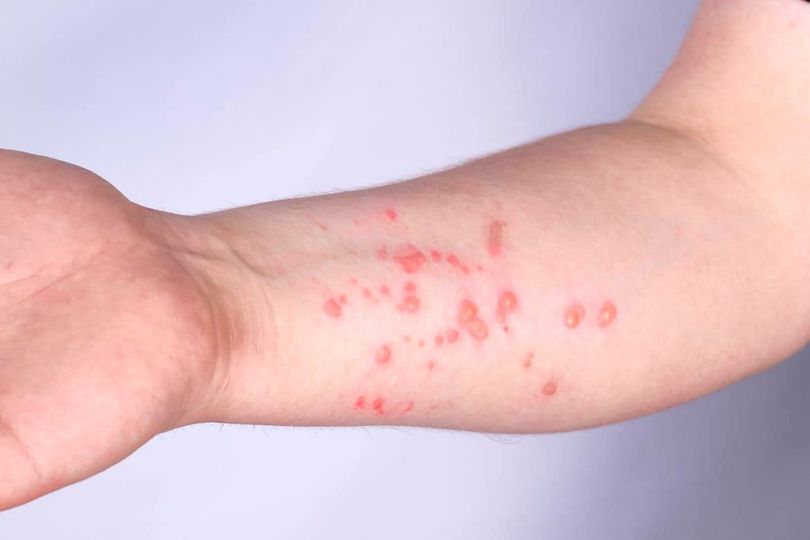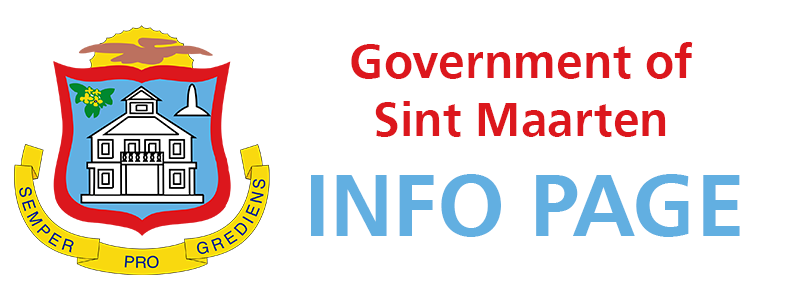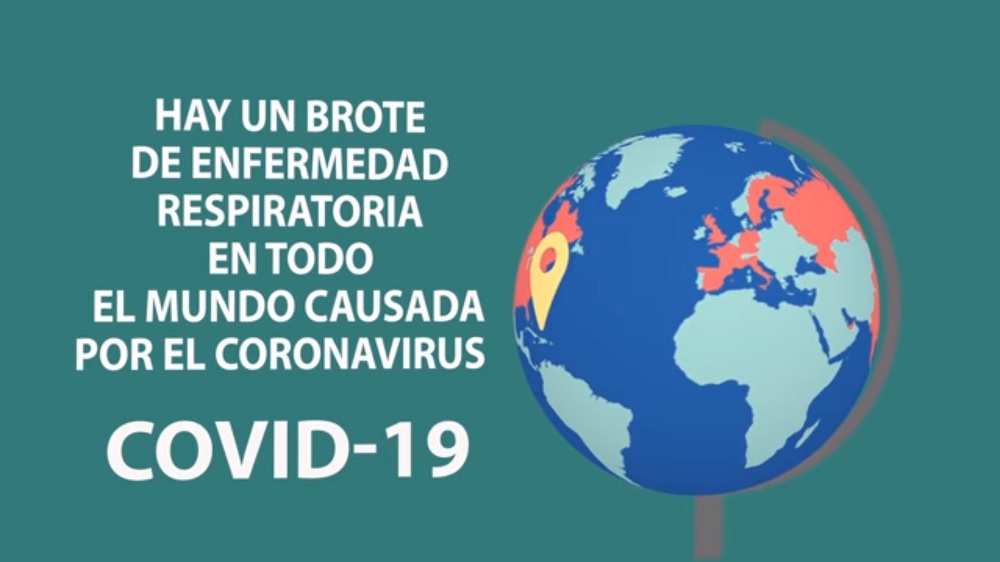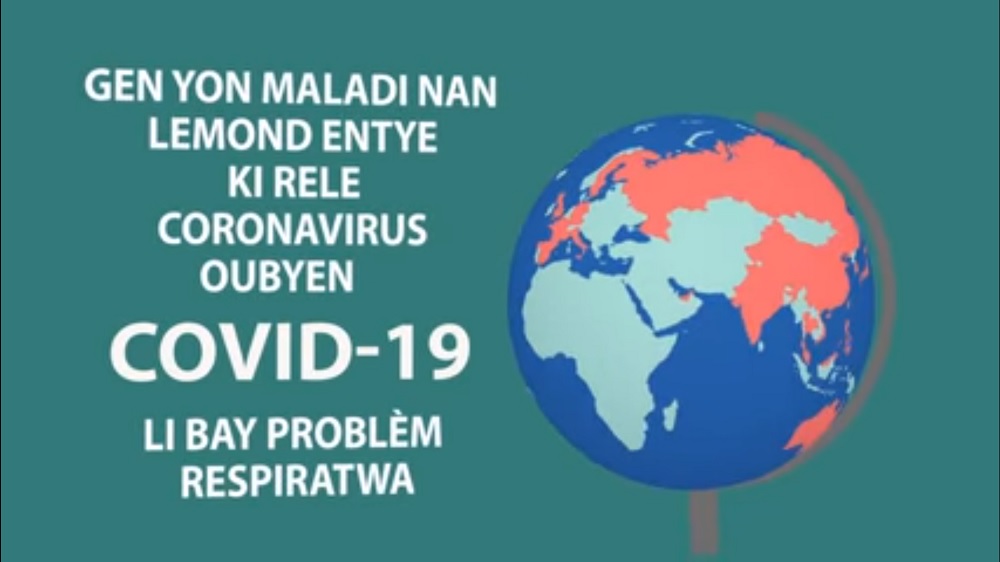Monkeypox cases globally continue to rise. Follow Prevention Measures
According to the World Health Organization (WHO) this week, the number of monkeypox infections continues to increase globally, with more than 35,000 cases in 92 countries and territories, and 12 deaths. The majority of cases are being reported from Europe and the Americas.
To date, there are no confirmed infections of monkeypox reported to the Collective Prevention Service (CPS).
CPS advises the public to continue to follow prevention measures to reduce exposure to monkeypox.
All family physicians are reminded to report suspected cases to CPS for follow-up and registration.
Monkeypox is a viral zoonotic disease caused by the monkeypox virus. Symptoms include fever, intense headache, swollen lymph nodes, muscle ache, backache, lack of energy, and a rash or lesions. Lesions or sores in the mouth can also be infectious, meaning the virus can spread through saliva. The incubation period (the period between exposure to the virus and developing symptoms) is usually six to 13 days and can range from five to 21 days. The skin eruption begins within one to three days after fever onset. The rash often begins on the face, then spreads to other parts of the body.
The symptoms can be mild or severe, and generally last for several weeks during which time a person can be infectious to others. Most people recover within three to four weeks.
A person with monkeypox remains infectious while they have symptoms, normally for between two and four weeks.
The monkeypox virus is transmitted from person to person mainly through direct or indirect contact with an infected person from rash, bodily fluids (such as fluid, pus, or blood from skin lesions), and scabs, which are particularly infectious.
Contaminated materials such as bedding, clothing, towels, or objects like eating utensils/dishes that have been contaminated with the virus from contact with an infected person can also infect others.
If you experience any of the above, you should contact your medical doctor as soon as possible.
You can act to protect others by isolating from others until you have been evaluated and tested and received medical guidance from your doctor.
People who closely interact with someone who is infectious, including health workers, household members and sexual partners are at greater risk of infection. Transmission can also occur via the placenta from mother to fetus (which can lead to congenital monkeypox) or during close contact during and after birth.
CPS is calling on the populace to reduce exposure to the virus by practicing the following prevention measures: Reduce your risk of catching monkeypox by limiting close contact with people who have suspected or confirmed monkeypox; Clean and disinfect environments that could have been contaminated with the virus from someone who is infectious regularly; Properly dispose of used materials in the garbage/waste bin.
Remember: 1) avoid close, skin-to-skin contact with people who have a rash that looks like monkeypox ? do not touch the rash or scabs of a person with monkeypox; do not kiss, hug, cuddle or have sex with someone with monkeypox; do not share eating utensils or cups with a person with monkeypox. 2) Do not handle or touch the bedding, towels, or clothing of a person with monkeypox without proper personal equipment (PPE). 3) Keep two meters distance from an infected person (s); 4) Wash your hands often with soap and water or use an alcohol-based hand sanitizer. If you have respiratory symptoms, use a mask. If you are unsure, consult your physician.
CPS advises for persons seeking prevention information about monkeypox to visit the ?Monkeypox Prevention Information
Page,? on the Government of Sint Maarten website which can be found via the following link: www.sintmaartengov.org/government/VSA/Health-Updates/monkeypox/Pages/default.aspx
Information can also be found on the Governments Facebook Page at facebook.com/SXMGOV and persons can call 914 or 721 542-1222.










